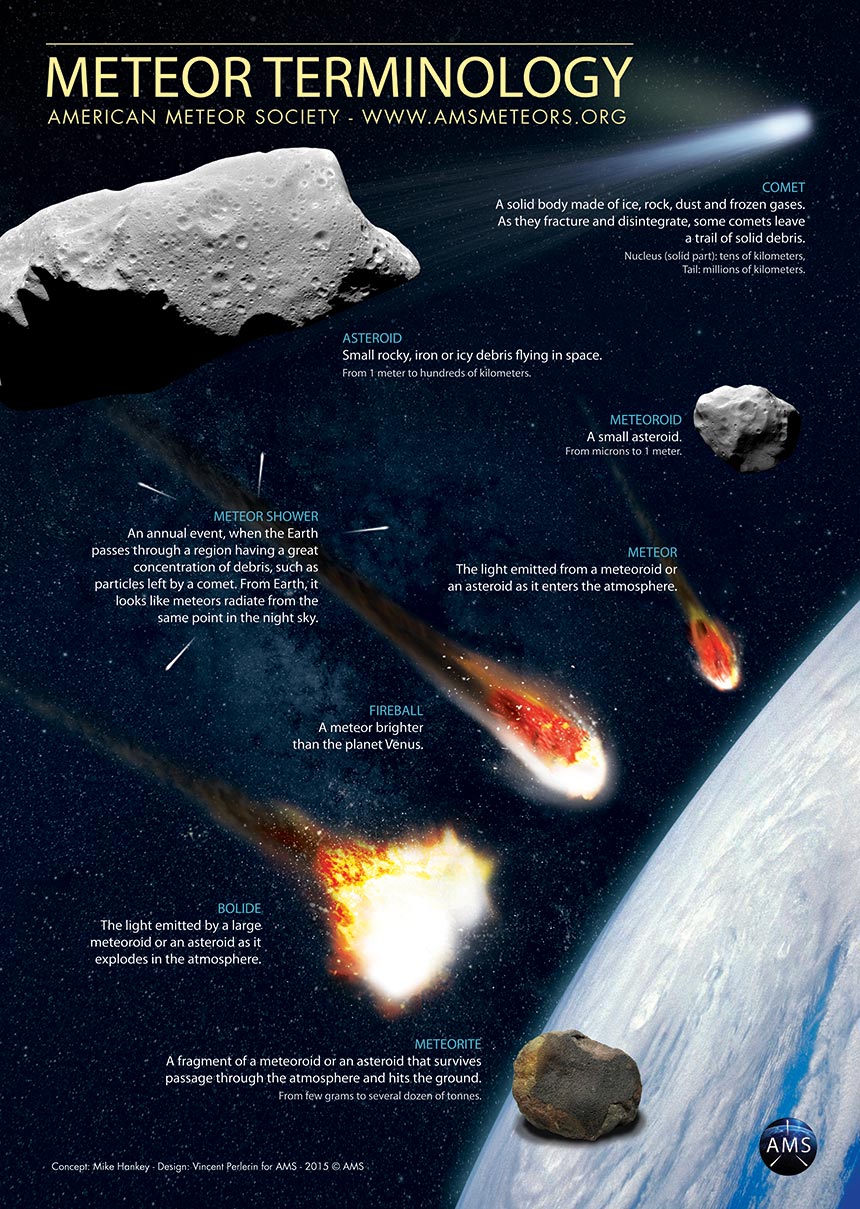Nearly 1200 reports and 10 videos from Ireland and the UK
The AMS and its international partners IMO and UKMON received nearly 1200 reports and many spectacular videos displaying a fireball event that occurred between Northern Ireland and Scotland on Wednesday September 14, 2022, at 20:57 UT. The initial computer generated trajectory of the AMS #2022-6109 event shows that this fireball entered the atmosphere North of Lock Ryan and its flight ended North of the Islay Island (known for its famous Whisky).
A fireball is a meteor that is larger and brighter than normal. Most meteors are only the size of tiny pebbles. A meteor the size of a softball can produce light equivalent to the full moon for a short instant. The reason for this is the extreme velocity at which these objects strike the atmosphere. Even the slowest meteors are still traveling at 10 miles per SECOND, which is much faster than any round fired from a firearm. Fireballs occur every day over all parts of the Earth. We normally receive about 100 reports each day. It is rare though for an individual to see more than one or two per lifetime as these short-lived events also occur during the day, on a cloudy night, or over a remote area where no one sees it. Observing during one of the major annual meteor showers can increase your chance of seeing another one of these bright meteors.
If you witnessed this event and/or if you have a video or a photo of this event, please
Submit an Official Fireball Report
If you want to learn more about Fireballs: read our Fireball FAQ.
Fireball, Bolide?
Several thousand meteors of fireball magnitude occur in the Earth’s atmosphere each day. The vast majority of these, however, occur over the oceans and uninhabited regions, and a good many are masked by daylight. Those that occur at night also stand little chance of being detected due to the relatively low numbers of persons out to notice them.
Additionally, the brighter the fireball, the more rare is the event. As a general thumb rule, there are only about 1/3 as many fireballs present for each successively brighter magnitude class, following an exponential decrease. Experienced observers can expect to see only about one fireball of magnitude -6 (crescent moon) or better for every 200 hours of meteor observing, while a fireball of magnitude -4 (Venus) can be expected about once every 20 hours or so.

 American Meteor Society
American Meteor Society
We are a kung fu school in Alberton, South Africa. Training outside on Wednesday 14 Sep 2022, around 20:00 or so, we saw a bright fireball traveling West to East. It lasted a few seconds.
Spectacular activity.